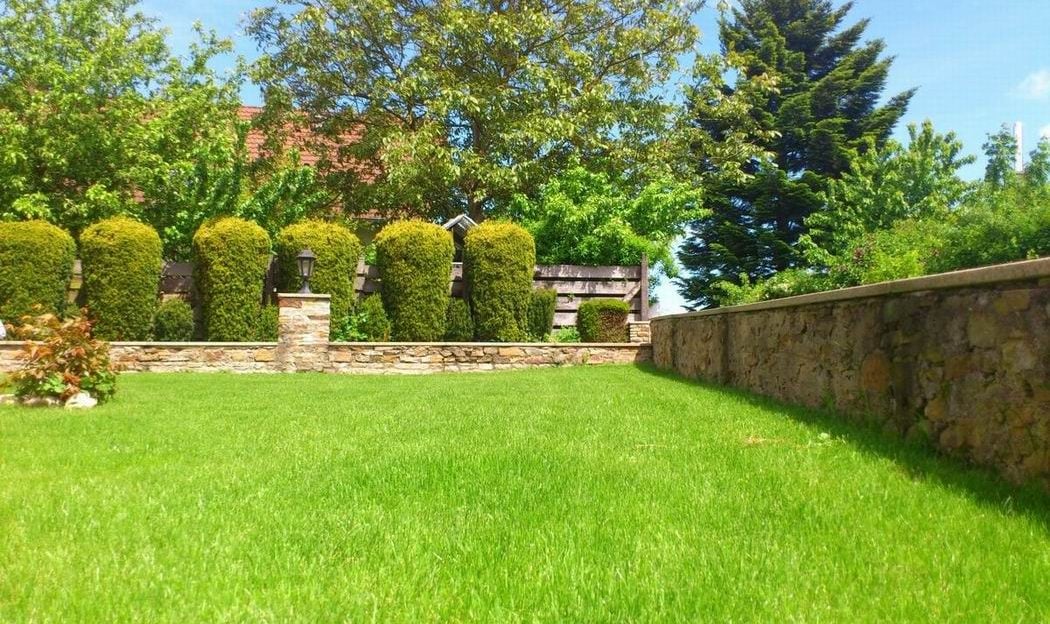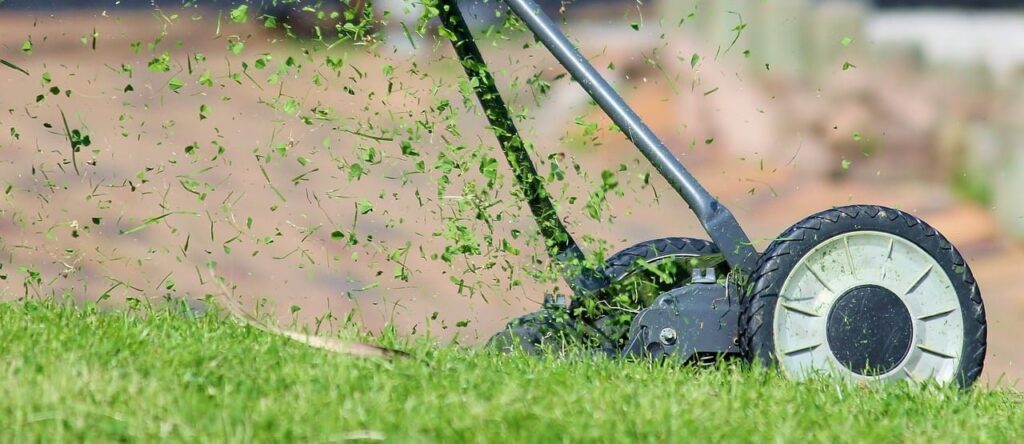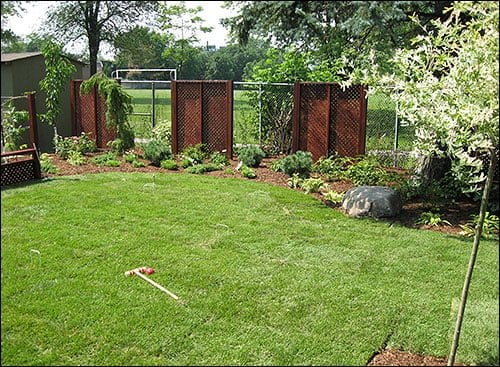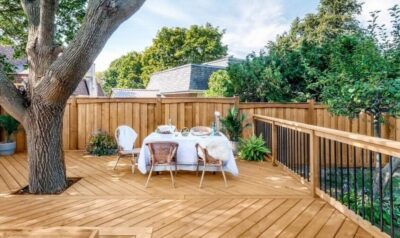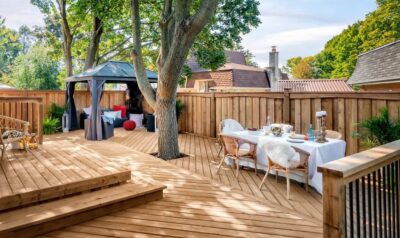Are you in need of some advice on growing and maintaining a healthy lawn? It’s that time of year when we all become a little obsessed about our lawns.
The grass in our yards is predominantly made up of just a few species. In four-season climates, we mainly use Kentucky bluegrass, fescues and a rye-grass blend. Each type of grass has characteristics that influence how it grows, what it needs and what it likes to feed on.
You can’t compare the grass we grow to that grown in hot climates such as Florida or the Caribbean. It grows differently and also looks very different.
Bluegrass
Kentucky bluegrass is a classic type of lawn grass and the one we all associate with the perfect lawn. It is the predominant base grass because it is the prettiest.
Unfortunately, it also has a few downsides. The most notable is that it’s shallow-rooted. The entire root structure of Kentucky bluegrass usually grows down four to six inches.
Shallow-rooted grasses are not the best at competing for nutrients or available groundwater, which means you have to supplement with regular watering and additional fertilizing. This grass spreads horizontally very well. It sends roots on top of the soil (stolons) and roots below the soil (rhizomes) that help establish new growth to fill the empty patches in your lawn.
Kentucky bluegrass is relatively slow at turning green in the spring, and it can turn brown in the hot summer months. It will quickly rebound, however, when lower nighttime temperatures arrive.
Fescue in a healthy lawn
With narrower leaves and a coarser appearance, fescue grass isn’t as pretty as Kentucky bluegrass, but it is generally much tougher. Fescues are best suited for high-traffic areas because they have deeper root systems, some going down as deep as six inches.
They also do better over the winter months, coming up greener more quickly than other options. Fescues also have endophytes (organisms that live symbiotically with the plant) that many insects, including grubs, don’t like.
There are, however, downsides to fescues. They don’t handle heat well and need a lot of watering during the summer months.
Rye grass is used as a blender in our yards, paired with other types of grasses, and should never be the main seed used. This grass is the fastest growing option; it’s amazingly quick at fixing brown patches. It doesn’t do well in prolonged heat or shade, however.
Most savvy gardeners use rye grass to top dress their lawns in the spring to get a flush of healthy green before the Kentucky bluegrass starts to grow.
Mowing
Many of us like the look of a shorter lawn. In fact, shorter grass is seen as being more manicured, while longer grass is often described as being shaggy.
Setting the mower blade at one to two inches in the spring is great for encouraging grass to spread into the empty patches in the yard. A lower mower height also helps control many broadleaf weeds.
As the temperature rises, so should your mower’s blade height. Longer grass (three inches) does better in the heat because it helps shade the roots and the soil below, preventing the sun from drying either out.
Longer grass is also generally healthier because a longer grass blade is able to naturally produce more energy and food for its roots through photosynthesis.
There is a generally accepted rule of one-third when it comes to cutting the lawn: never cut more than one-third of the height of the grass at one time. This is simple math — if you like the look of your lawn at two inches tall, then you need to cut it when it reaches three inches tall.
This reduces stress on the plants and helps promote healthy lateral growth. Unfortunately, if you left your lawn for a while and it is really long, you may have to cut it twice over a period of two days.
When cutting the lawn, make sure to change the direction every few passes. Grass that is always cut in the same direction begins to lean that way. This is important because your mower is not able to get a clean cut, which affects the long-term lawn health.
Fertilizing
This is a hot topic in establishing a healthy lawn. Grass grows better when it is fed and if you want the perfect lawn, you will probably have to find some way of getting nutrients into the ground so that your shallow-rooted grass has something to feed on.
However, environmentalists want homeowners to stop adding fertilizers to the yard because the synthetic chemicals end up in the groundwater.
The best option is to choose organic fertilizers, which are carbon-based and often derived from living organisms. They break down naturally into the soil, adding the nutrients that your lawn and plants need to promote healthy growth.
The best time to apply organic fertilizers is in the spring to promote new growth.
Watering for a healthy lawn
Grass needs water to survive in times of drought or heat. The big issue is the idea of wasting water on something that many consider to be ornamental.
We can do a better job of watering the lawn if we invest in a simple rain gauge, which measures the amount of naturally occurring water. In four-season climates, the average lawn needs one to one-and-a-half inches of water per week. I water only in the morning or evening, not because I’m worried about burning my lawn, but due to evaporation. More water gets to the roots where it is needed if the sun isn’t out when watering occurs.
Aerating
This is one of those jobs that many homeowners swear by, and yet most of us don’t do. Aerating is the process of piercing the soil so that water and nutrients can get down to the grass roots more readily. An effective aerator punches holes into the lawn that are at least three inches deep.
The other purpose of aeration is to help with compaction. An older, established lawn can become rock hard over time. Hard lawns don’t thrive because the plant roots struggle to grow. Frequent aeration will help loosen the soil, making it easier for new growth to develop.
Throughout my television career, I’ve been known to hate grass; but as I get older, I’ve realized that it is not the lawn that I have a problem with, it’s the homeowners.
If we all start making smarter choices in how we care for our grass, having a lawn will become less of an environmental burden. We can then focus on the good stuff, such as how grass helps reduce ambient temperature and carbon emissions.
Originally published July 23, 2018
